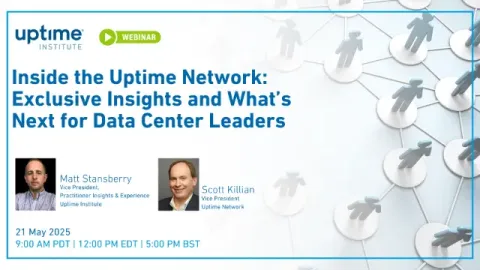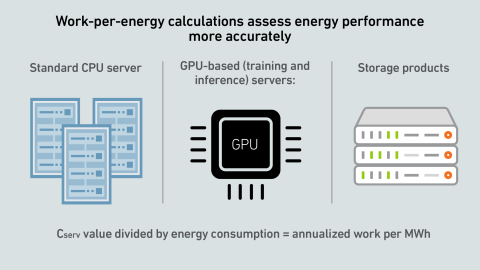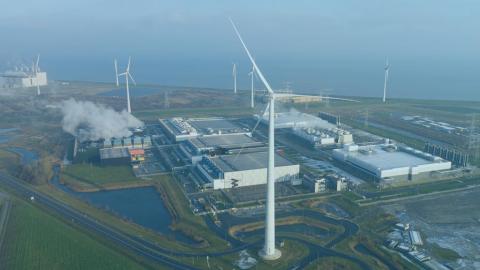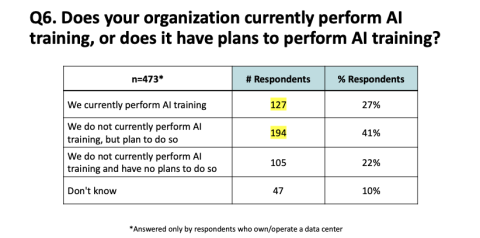We hosted an exclusive briefing on the Uptime Institute Network - the global community of data center leaders dedicated to improving operational resilience, efficiency, and strategic planning.
filters
Explore All Topics
Uptime Institute believes that data center operators should optimize facility-level sustainability performance before addressing ecosystem issues. A clear definition of data center sustainability is needed to enable this approach.
The US government's AI compute diffusion rules, introduced in January 2025, will be rescinded - with new rules coming. It warns any dealings linked to advanced Chinese chips will require US export authorization. Operators still face tough demands.
IT operators lack a credible work-per-energy metric to report overall IT and facilities system efficiency. Developments in reporting IT equipment work capacities enable the industry to begin experimenting with this metric.
In the US, the politicization of data center development is underway, driven by its impact on power prices. As state governments seek ways to protect consumers, operators will need to engage in the policy debate.
Many operators expect GPUs to be highly utilized, but examples of real-world deployments paint a different picture. Why are expensive compute resources being wasted - and what effect does this have on data center power consumption?
Digital twins are increasingly valued in complex data center applications, such as designing and managing facilities for AI infrastructure. Digitally testing and simulating scenarios can reduce risk and cost, but many challenges remain.
The global tariff crisis initiated by the US administration is expected to have strong, long-lasting effects on the data center sector, driving up prices and slowing growth.
Data center builders who need power must navigate changing rules, unpredictable demands - and be prepared to trade.
The European Commission aims to ease climate risk reporting by removing mid-cap operators from CSRD's scope and delaying reports to 2028. But under current rules, 2025 reports are required and foreign-owned mid-cap operators stay covered.
Quantum computing progress is slow; press releases often fail to convey the work required to make practical quantum computers a reality. Data center operators do not need to worry about quantum computing right now.
The US' SEC has withdrawn requirements for climate risk reporting, and the EU is revising its rules. Despite this, strong drivers remain for operators to measure their environmental impact
SMRs promise to usher in an era of dispatchable low-carbon energy. At present, however, their future is a blurry expanse of possibilities rather than a clear path ahead, as key questions of costs, timelines and operations remain.
Results from Uptime Institute's 2025 AI Infrastructure Survey (n=1,062) focus on the data center infrastructure currently used or being planned to use to host AI Training and AI Inference, as well as future industry outlooks on the usage of AI. The…
Rapidly increasing electricity demand requires new generation capacity to power new data centers. What are some of the new, innovative power generation technology and procurement options being developed to meet capacity growth and what are their…
 Matt Stansberry
Matt Stansberry
 Scott Killian
Scott Killian

 Jay Dietrich
Jay Dietrich

 Daniel Bizo
Daniel Bizo


 Peter Judge
Peter Judge

 Max Smolaks
Max Smolaks

 John O'Brien
John O'Brien

 Seb Shehadi
Seb Shehadi

 Andy Lawrence
Andy Lawrence


 Dr. Owen Rogers
Dr. Owen Rogers



 Paul Carton
Paul Carton
 Anthony Sbarra
Anthony Sbarra
 Laurie Williams
Laurie Williams

